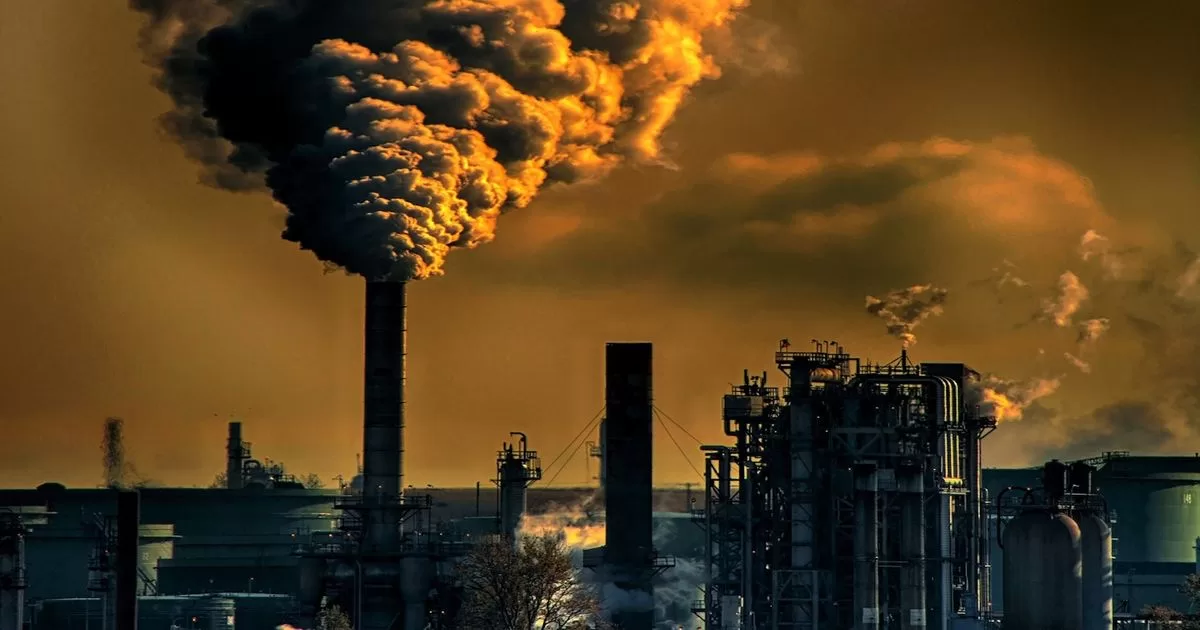MIAMI.- During the last decades, polluting emissions from aire have decreased significantly in USA. However, ethnic, socioeconomic and demographic inequalities remain in exposure to air pollution, a recent study by a group of scientists from Columbia Universityin New York City.
Air pollution is a major threat to the world’s human health and environmental well-being and is responsible for more than 6.5 million deaths each year. A figure that has increased in the last two decades, mainly as a result of the burning of fossil fuels and other pollutants that cause ozone smog.
Despite this overall decreasing trend, this new research found that certain groups of people experienced relatively smaller reductions or even increases in air pollution, indicating inequalities in the reduction of air pollution emissions.
Inequalities
The study, published January 17 in the journal Nature Communications reveals that an American’s income and ethnicity could influence how clean the air they breathe.
The researchers found that air pollution reductions were greatest in counties across the country with higher average incomes.
“Median household income is a driver of relative emissions changes across sectors, with counties with median household income greater than $75,000 versus less generally experiencing greater relative declines in industry-related emissions.” , energy, transportation, residential and commercial,” the experts detailed.
The data showed ethnic disparities, particularly in the industry sectors and energy generation sources. Counties with a higher percentage of Hispanics or American Indians tended to have relative increases in air pollution from sulfur dioxide, nitrogen oxides and ammonia.
Previous studies have found that energy facilities are disproportionately located in low-income and communities of color.
Reduction of pollution emissions
The United States has seen reductions in air pollution emissions from various sectors since the enactment of the Clean Air Act (CAA) in 1970, which has contributed to substantial improvements in air quality.
Overall, air pollution emissions in the country decreased substantially between 1970 and 2010 in all sectors considered, “except ammonia emissions from agricultural fertilizers and organic carbon particle emissions from indoor heating in the residential sector.” , as the research results show.
They saw the steepest declines in emissions from industry and energy, which fell from an average of 5.6 to 0.6 and from 9.0 to 3.0, respectively, over the 40 years.
The analysis
To estimate relative changes in air pollution emissions, Núñez’s team analyzed emissions data from the Global Burden of Disease Major Sources of Air Pollution inventory, a collaborative academic project involving three different universities, and the Census. American decennial of 1970, 1980, 1990 and 2000.
They assessed county-level ethnic and socioeconomic disparities in changes in contiguous air pollution emissions from 1970 to 2010 in transportation, agriculture, residential, commercial, industrial, and energy sectors.
Lead researcher Yanelli Núñez, an environmental health scientist at Columbia University’s Mailman School of Public Health, said policies specifically aimed at reducing overburdened populations could support fairer reductions in air pollution and reduce disparities in exposure. to air pollution,” said lead researcher Yanelli Núñez, an environmental health scientist at Columbia University Mailman School of Public Health in New York City.
“This is an important lesson learned from 53 years of implementation of the Clean Air Act, which is particularly relevant as we develop policies to transition to renewable energy sources, which will have a collateral impact on air quality and, as a result, in public health,” added Núñez, in a statement from the university.
They highlighted that it is therefore important to evaluate the effects of air quality policy on mitigating or aggravating racial-ethnic and socioeconomic disparities in air pollution exposure, in addition to setting net emissions reduction targets.
Finally, they mentioned that this study provides information on possible national inequalities in the distribution of air pollution sources by leveraging emissions data that can inform regulations at the federal, state, and county levels and complement local analysis.
@Lydr05
Source: With information from Nature Communications and Health Day magazine


